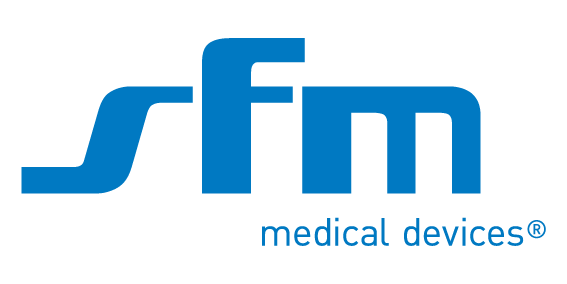Meet Our Featured Speakers
Compliance
Compliance is quickly becoming one of the top priorities for pharmaceutical stakeholders. What’s driving this change? Advances in drug delivery solutions make it easier for patients to follow treatment plans and reduce the burden of frequent dosing. At Drug Delivery Summit 2026, you’ll learn about the innovative strategies and technologies that are improving patient compliance. You’ll also explore the opportunities and challenges these developments present for drug developers and healthcare professionals.
Show more
our sponsors
Topics on the agenda
SUBCUTANEOUS DELIVERY OF BIOLOGICS AND ADCS: LESSONS, PATHWAYS, AND DEVICES
Day 1: undefined
09:40 - 10:05
BIOAVAILABILITY ENHANCEMENT STRATEGIES FOR TARGETED PROTEIN DEGRADERS
Day 1: undefined
11:30 - 11:55
INNOVATIVE DELIVERY STRATEGIES FOR INSOLUBLE AND NUCLEOSIDE-BASED THERAPEUTICS: BRIDGING SMALL MOLECULES AND RNA DRUGS
Day 1: undefined
15:30 - 15:55
SUBSCRIBE FOR UPDATES
By submitting, you agree to receive email communications from the event organizers, including upcoming promotions and discounted tickets, news, and access to related events.

















